CessCom Decom and Abertay University feasibility study will look at diverting marine waste from landfills to aquafeed supplies
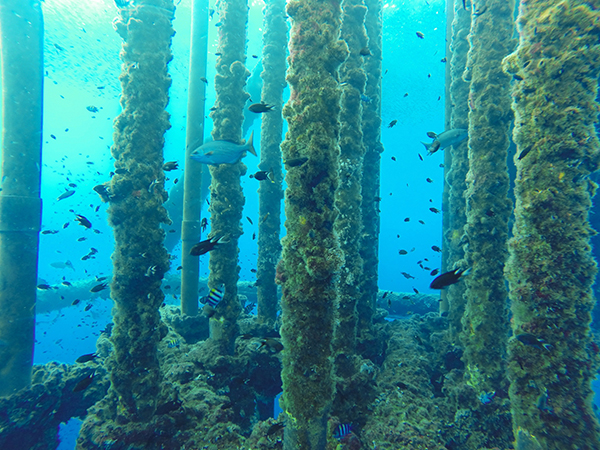
In a global first, a new research study is looking at ways that marine growth (such as seaweed, algae and coral) found on the legs (or “jackets”) of inactive oil and gas platforms could be used for livestock and aquaculture feed.
CessCon Decom, a UK-based environmentally responsible decommissioning company, is teaming up with researchers at Abertay University to explore how marine growth – a waste byproduct of the decommissioning process – can be recycled and reused. Aligning with forecasts from Offshore Energies UK (OEUK), the feasibility study, which is supported by the Industrial Biotechnology Innovation Centre (IBioIC), could result in up to 40,000 tons of marine growth found on platform jackets being recycled over the next decade.
“At the moment, marine growth is typically sent to landfill or incinerated, but we recognize the opportunity to do more and use this waste to support the supply chains of other sectors,” said Karen Seath, environment and regulatory affairs director at CessCon. “Our process is built around circular economy principles and we have set an ambitious target to reach the point where 100 percent of the decommissioned materials brought onshore are reused, reconditioned, refurbished or recycled.”
Current European regulations prohibit energy companies from leaving behind any part of a disused platform, stating that operators must return sites to a clean seabed. CessCon’s decommissioning model already sees over 99 percent of decommissioned materials recycled, but the company is working towards 100 percent.
“There is also ongoing debate as to whether the clean seabed policy is in fact the best way forward, environmentally and financially,” said Seath. “In other global markets, for instance, we have seen decommissioned infrastructure converted to artificial reefs and left in the sea, thereby maintaining the underwater ecosystem that is created over the course of the platform’s life. At this point in time, however, unless given dispensation, infrastructure in European waters at the end of its life must come out, and we aim to reuse and recycle the material in the most environmentally conscious way.”
At the end of a platform’s lifecycle, various types of marine species are found on the underwater jacket. Algae, seaweed, mussels, anemones and hard and soft coral can be found at different depths, depending on environmental conditions in the water. One of the aims of the project is to gain a better understanding of the matter that is typically found, including the composition of fatty acids and proteins which could be turned into feed ingredients for other sectors.
“Our previous research has shown that the proteins and fatty acids, such as omega-3s, contained in aquaculture waste can become valuable feed ingredients for agriculture and aquaculture,” said Boon-Seang Chu, lecturer in food science at Abertay University. “This study is about understanding the nutritional composition of the marine growth retrieved from decommissioned rigs, whether onshore or offshore, and the feasibility of recovering proteins and fatty acids from the waste materials. The results of this work will help advise follow-on steps of the project.”
Follow the Advocate on Twitter @GSA_Advocate
Now that you've reached the end of the article ...
… please consider supporting GSA’s mission to advance responsible seafood practices through education, advocacy and third-party assurances. The Advocate aims to document the evolution of responsible seafood practices and share the expansive knowledge of our vast network of contributors.
By becoming a Global Seafood Alliance member, you’re ensuring that all of the pre-competitive work we do through member benefits, resources and events can continue. Individual membership costs just $50 a year.
Not a GSA member? Join us.
Author
Tagged With
Related Posts
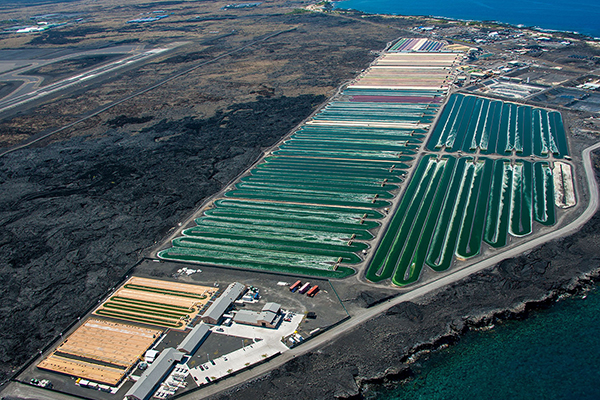
Responsibility
A circular economy approach to transform the future of marine aquaculture
Marine microalgae-based aquaculture has the potential to provide greater than 100 percent of global protein demand by 2050.
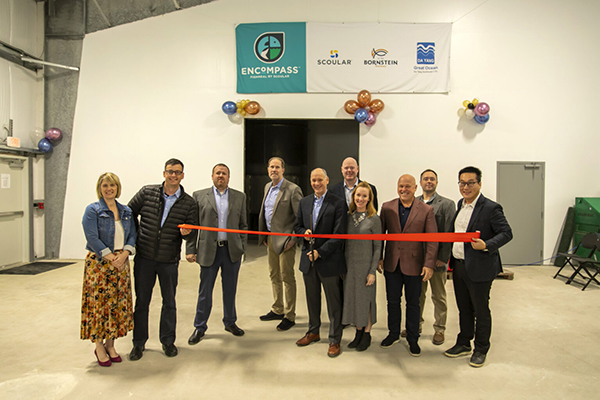
Aquafeeds
New Oregon fishmeal facility embraces circular economy by upcycling fish trimmings
Taking a circular economy approach, a new Scoular fishmeal processing facility will upcycle local fish trimmings into aquafeed.
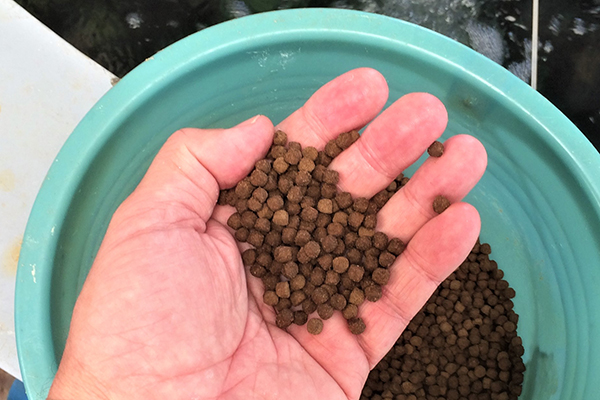
Aquafeeds
Potential marine resources to sustainably meet aquafeed ingredient demands
Transitioning of aquafeeds from linear to circular models involves the potential valorization of a wide range of marine resources.
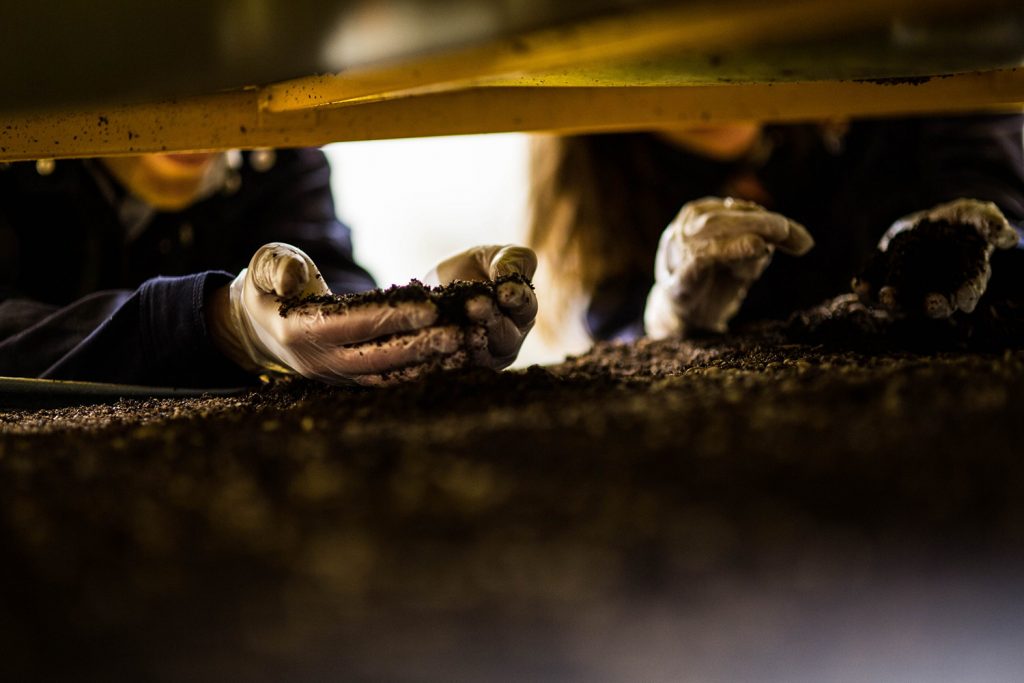
Aquafeeds
Insect farming is gaining ground as aquaculture awaits its emergence
Black soldier fly larvae producers are hoping to go “mainstream” and gain wider acceptance in aquaculture amid concerns about high costs.



